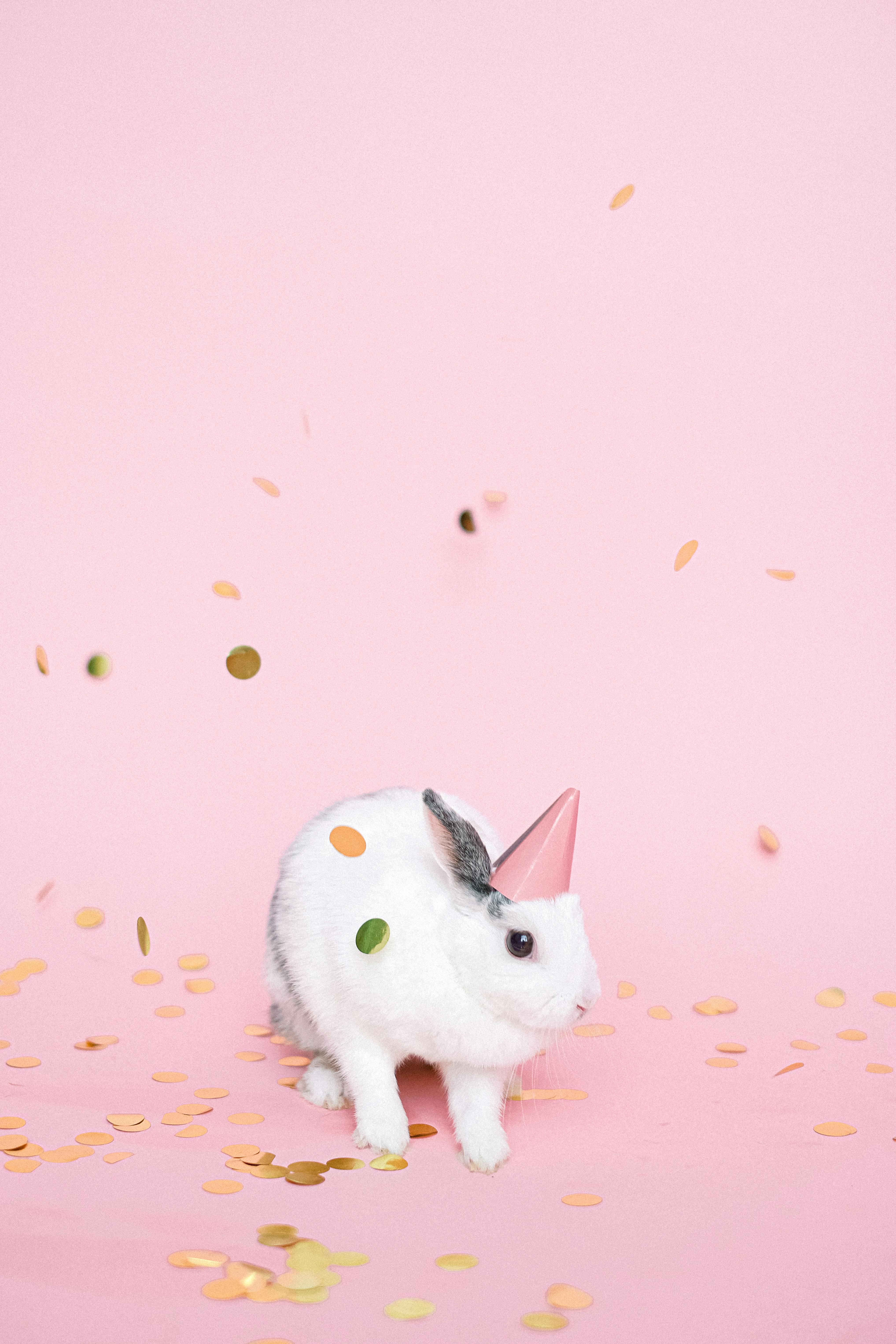Apply Now
Smart Ways to Enhance Neocaridina Shrimp Colors in 2025
Neocaridina shrimp have become increasingly popular among aquarium enthusiasts for their vibrant colors and delightful personalities. Enhancing the colors of these aquatic pets is not only beneficial for aesthetics but also contributes to their overall health and well-being. In this article, we will explore various methods to bring out the best hues in neocaridina shrimp, emphasizing important aspects such as care, genetics, and environmental factors. With the right strategies, you can create a stunning aquatic display filled with colorful shrimp species that are sure to impress.
Through careful selection of tank mates, appropriate diet, optimal water conditions, and effective breeding techniques, enthusiasts can maintain and enhance shrimp coloration. We will delve into the various neocaridina shrimp varieties available, such as cherry, blue, yellow, and orange shrimp, while discussing their unique characteristics. You'll also find tips on how to create a suitable biotope setup that fosters a healthy environment for these freshwater shrimp colors to flourish.
Let's dive into the essential strategies for enhancing the colors of your neocaridina shrimp!
Understanding Neocaridina Shrimp Colors and Genetics
Building on the basics, understanding the genetics behind shrimp coloration is crucial. Shrimp color variations stem from a combination of genetic factors and environmental conditions. Neocaridina shrimp display a wide range of colors, including red, blue, yellow, orange, black, and even ghost colors. The genetics that dictate these colors are referred to as shrimp color genetics.
To appreciate neocaridina shrimp species fully, familiarize yourself with the different shrimp color patterns and how they arise. Various genes contribute to distinct colorations; for instance, the "blushing" trait in cherry shrimp is a result of the interaction of multiple genes influencing pigmentation. By recognizing these genetic underpinnings, aquarists can make informed choices when selecting breeding pairs to achieve specific color outcomes.
Moreover, the popularity of certain colors may wax and wane over time. Observing trends in shrimp color can help enthusiasts prioritize which varieties to breed, as this affects shrimp color popularity and market demand.
Common Neocaridina Shrimp Varieties
Neocaridina shrimp varieties present vibrant hues that appeal to aquarists seeking colorful shrimp species. Among them, the Cherry Shrimp stands out, offering a spectrum from bright red to softer pink shades. Additionally, the Blue Neocaridina has captured the hearts of enthusiasts with its striking blue coloration, while the Yellow variant provides a cheerful burst of color to any shrimp tank.
Another noteworthy variety is the Orange Neocaridina, which can enhance the visual appeal of your aquarium. Each of these colorful shrimp species has unique attributes, making them suitable for various tank setups. Understanding these varieties helps aquarists curate their collections and complement their existing aquarium shrimp colors.
With these foundational insights into shrimp genetics and available varieties, we can explore practical methods to enhance shrimp colors effectively.
Factors That Influence Shrimp Coloration
Several factors influence shrimp color enhancement, including water parameters, diet, and environmental conditions. These elements play pivotal roles in shrimp color changes with age and developmental stages. For instance, variations in water temperature, chemistry, and illumination can significantly impact neocaridina shrimp traits.
Firstly, maintaining the appropriate water parameters is vital. Neocaridina shrimp thrive in slightly acidic to neutral water, with temperatures between 22°C and 26°C. Frequent water changes help keep toxins at bay while fostering healthier environments that allow shrimp colors to shine.
Diet also profoundly impacts coloration. High-quality, organic food rich in carotenoids can stimulate vibrant colors, particularly reds and oranges. This provides essential nutrients that promote overall shrimp health and beauty, while specialty shrimp diet options cater to enhancing specific hues. Similarly, algae diets can enrich pigments and support healthy shrimp coloration.
Finally, the aquarium setup plays a significant role. Adequate hiding spots and plant coverage not only provide shelter but also improve the overall aesthetics of the tank. Using a variety of plant species can create a harmonious environment that encourages shrimp to showcase their colorful patterns actively.
Taking these considerations into account, let's transition into discussing effective care strategies to enhance neocaridina shrimp colors thoroughly.
Effective Care Techniques to Improve Shrimp Colors
After establishing a foundational understanding of shrimp genetics and external factors impacting color, implementing effective care strategies can significantly improve the coloration of your neocaridina shrimp.
Optimal Diet for Vibrant Shrimp Colors
The right diet is paramount to achieving and maintaining vibrant shrimp colors. High-quality food formulated specifically for shrimp, such as those rich in spirulina and other natural color-enhancing ingredients, should form the core of your feeding regimen. Food that contains essential fatty acids supports the overall health and brilliance of the shrimp colors in your aquarium.
Consider offering a mix of organic flake foods, pellets, and some specialized color-enhancing food. The inclusion of bioactive supplements can promote robust pigmentation in shrimp. For instance, providing a variety of fresh vegetables like blanched zucchini can also support color enhancement and overall health.
As you explore dietary options, don't forget to monitor how shrimp react to new food types. Adjusting the diet according to preferences and the color results observed can lead to optimal shrimp coloration.
Lighting Effects on Shrimp Color
Lighting plays a crucial role in enhancing shrimp colors; the right aquarium lighting can significantly impact how colors appear. Full-spectrum LED lights mimic natural sunlight and can make colors pop, showcasing the shrimp's vibrancy. However, too intense lighting may stress the shrimp, causing color fading or behavioral issues.
Utilizing adjustable lighting intensity and schedule allows aquarists to tailor the light conditions to the needs of both the shrimp and aquatic plants. Placing floating plants or surface cover can help diffusing the light while maintaining color visibility. Shifting your aquarium’s lighting throughout the day can also simulate natural conditions, encouraging a balanced display of shrimp color.
As we understand the care strategies, let's explore how mixing shrimp varieties impacts colors and behaviors in the aquarium.
Breeding Techniques for Colorful Shrimp
Breeding colorful shrimp is an exciting journey for hobbyists. By applying proper techniques, aquarists can achieve specific color outcomes in their neocaridina shrimp. Focusing on shrimp breeding colors and genetic traits can significantly enhance shrimp aesthetic choices.
Identifying Desired Traits for Breeding
An essential step in shrimp breeding is identifying desired shrimp color traits for enhancing specific colors. Aquarists should fully understand the color wheel in relation to shrimp to select appropriate breeding pairs. For example, breeding red neocaridina with blue neocaridina could produce offspring with varying shades.
Employing good breeding practices fosters the development of unique shrimp colors. Carefully selecting parent shrimp exhibiting strong, vivid colors ensures successful breeding outcomes, which leads to a more visually appealing shrimp population.
Another vital element is maintaining genetic diversity within the breeding population. Avoiding inbreeding helps prevent unwanted traits and negative effects on shrimp health. Tapping into the broader array of neocaridina shrimp species allows for a more vibrant and diverse breeding population.
Creating Ideal Breeding Conditions
The success of breeding colorful shrimp heavily relies on optimal environmental conditions. A dedicated shrimp breeding tank with gentle filtration and stable water parameters significantly contributes to successful outcomes. Regular monitoring of ammonia, nitrites, nitrates, and pH levels is essential to maintain the health of both adult shrimp and their offspring.
Breeding setups should also provide ample hiding spots for female shrimp during breeding, supporting a sport where shrimp can carry eggs in peace. Utilizing live plants offers additional breeding security and encourages healthy behaviors.
Once a breeding plan is established, monitoring water quality and ensuring nutrition continue to be critical in nurturing vibrant neocaridina shrimp varieties.
 With understanding breeding techniques, let’s connect to the importance of tank mates that can enhance your shrimp colors even further.
With understanding breeding techniques, let’s connect to the importance of tank mates that can enhance your shrimp colors even further.
Choosing Compatible Tank Mates for Shrimp
Connected to the breeding process and ensuring optimal growth is the careful selection of tank mates for colorful shrimp. Choosing the right companions is crucial for fostering a thriving, harmonious environment that supports healthy shrimp color variations.
Best Tank Mates for Neocaridina Shrimp
Creating a peaceful community tank enhances shrimp care while providing a canvas for colorful shrimp. Friendly species such as small tetras, guppies, and rasboras are excellent companions for neocaridina shrimp. These fish species are generally non-aggressive and coexist peacefully, giving the shrimp adequate space to establish territories without feeling threatened.
When considering tank mates, be cautious about introducing larger fish species that may predate on shrimp. Additionally, avoid aggressive species that could disturb the tranquility of the environment. Providing adequate structure and plant cover ensures shrimp can find refuge and maintain their color amidst the community.
Be mindful when introducing new tank mates, as water parameters and behaviors of the incoming species might impact shrimp health and coloration.
The Importance of Aquarium Setup for Shrimp Behavior
The aesthetic qualities of your aquarium have a profound impact on shrimp behavior and coloration. The use of natural decor, substrate types, and live plant species can enhance aquatic aesthetics.
Opting for earthy colors in substrates helps create a harmonious visual appeal and enhances shrimp colors. Additionally, incorporating various hiding spots encourages natural behavior that leads to healthy molting patterns and retention of vibrant colors.
By designing an aquarium that prioritizes the natural behaviors of shrimp, you create a vibrant ecosystem that enhances shrimp colors and supports their overall health in the long run.
Once the setup is optimized with compatible tank mates, let’s discuss general care practices that sustain shrimp colors throughout their life.
General Care Practices for Maintaining Shrimp Colors
To conclude our exploration of enhancing neocaridina shrimp colors, we must address general care practices that support a harmonious environment for your shrimp.
Water Quality and Maintenance
Maintaining water quality is paramount to the health of not just shrimp but every organism within the aquarium. Regular water tests using reliable kits help monitor parameters critical for shrimp upkeep. Frequent partial water changes aid in controlling harmful substances and maintaining stability.
Ideal water conditions for shrimp include stable pH levels between 6.5 and 7.5, along with low levels of ammonia and nitrites. Monitoring these levels ensures your shrimp thrive, promoting the vibrant colors we seek to enhance.
Additionally, keeping the filtration system properly adjusted is critical. For neocaridina shrimp, a gentle flow is preferred, allowing them to swim freely without being overwhelmed. Regular cleaning of filtration media and equipment helps ensure optimal water conditions are consistently maintained.
Signs of Healthy Shrimp Colors
Recognizing signs of healthy shrimp colors is vital. Vibrant pigmentation, active behavior, and consistent molting are all positive indicators. Shrimp that are well-fed and live in clean, well-maintained tanks exhibit richer, brighter colors.
For shrimp owners, taking active steps to improve water conditions, provide a balanced diet, and encourage peaceful cohabitation will safeguard against potential health issues affecting colors.
As you combine these general care practices, you cultivate an environment conducive to enhancing the vibrant hues of your neocaridina shrimp.

Q&A Section on Neocaridina Shrimp Colors
**Q: What is the best diet for enhancing shrimp colors?**
A: A diet rich in carotenoids, such as those found in organic food and algae, is ideal for enhancing shrimp colors.
**Q: How do lighting conditions affect shrimp coloration?**
A: Full-spectrum LED lighting can enhance shrimp colors, while too intense lighting may stress them and cause color fading.
**Q: Can tank mates impact shrimp colors?**
A: Yes, compatible tank mates help promote a healthy environment. Avoid aggressive species that may induce stress or harm to shrimp.
**Q: How often should I change the water in a shrimp tank?**
A: Regular partial water changes of 15-20% every week help maintain optimal water quality and health, supporting vibrant shrimp colors.
**Q: What signs indicate that my shrimp are healthy?**
A: Signs of healthy shrimp include vibrant coloration, active swimming, and consistent molting.
By applying these comprehensive strategies, you can significantly enhance your neocaridina shrimp colors while ensuring vibrant and healthy aquatic life.
 With understanding breeding techniques, let’s connect to the importance of tank mates that can enhance your shrimp colors even further.
With understanding breeding techniques, let’s connect to the importance of tank mates that can enhance your shrimp colors even further.

